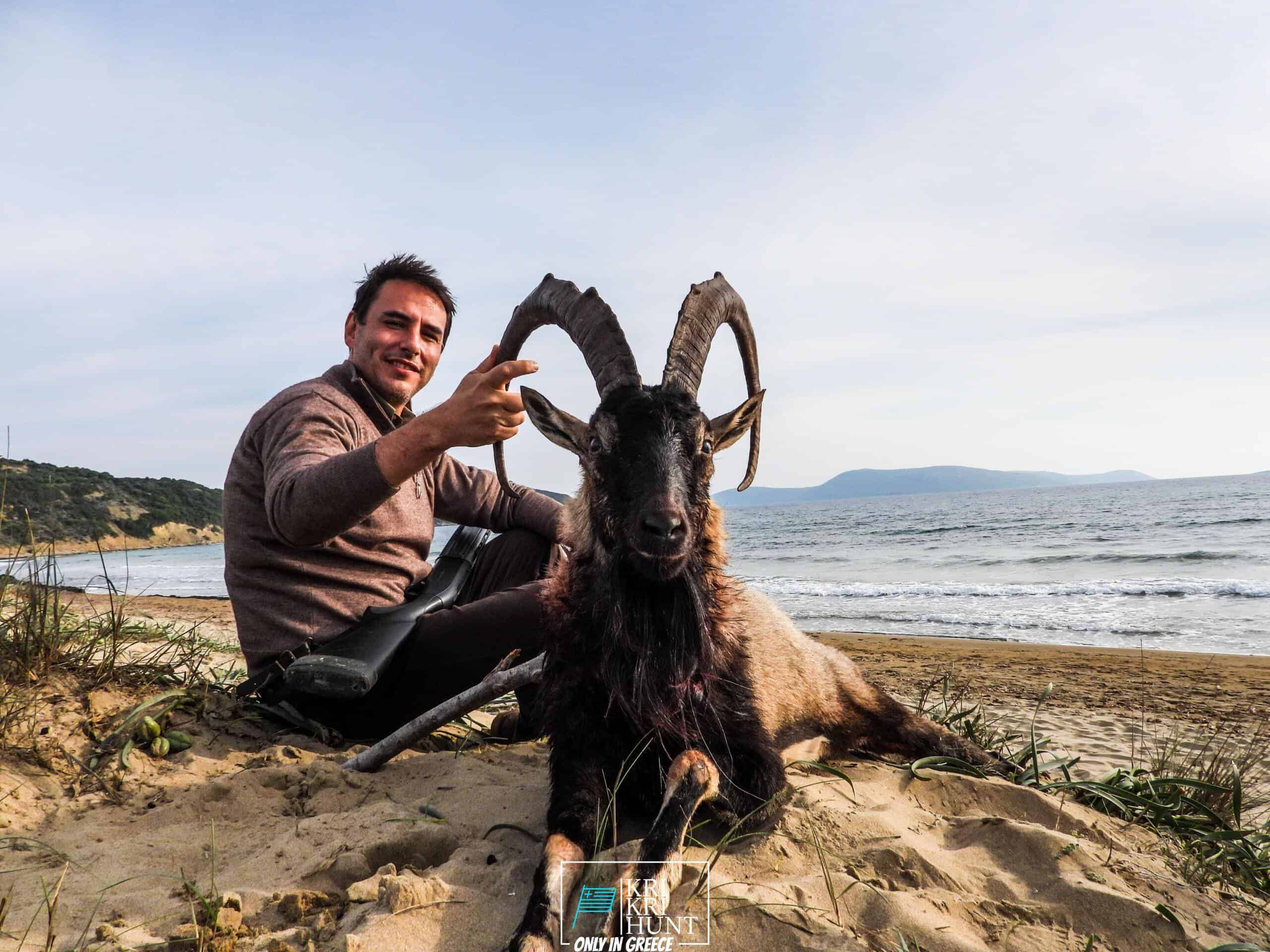Kri kri ibex searching in Greece
Kri kri ibex searching in Greece
Blog Article

Hunting for Kri Kri ibex in Greece is a fantastic hunting exploration and also wonderful holiday all in one. Ibex searching is usually a severe experience, however not in this situation! Dive to shipwrecks and spearfishing in old Greece, or appreciate ibex searching in an unique area are simply a few of the important things you might do during a week long ibex hunting expedition in Greece. Can you think about anything else?

There is no collection number of Ibexes, as the population changes. The Kri-Kri is the smallest ibex species (Capra Aegagrus Cretica) in terms of body weight, but it has some long horns. Although some samplings were determined at 115 centimeters in size, they were not counted in the study. Hunting of the Kri-Kri ibex is presently occurring in Greece. An Ibex gold prize procedures 24 inches long. Searching is allowed on Atalanti and Sapientza islands. On Atalanti, hunting is permitted from the last week of October to the first week of December. Searching in Sapientza is permitted the entire month of November, thinking the climate agrees with.
On our Peloponnese scenic tours, you'll reach experience all that this impressive region needs to supply. We'll take you on an excursion of several of one of the most beautiful as well as historical sites in all of Greece, including ancient ruins, castles, and a lot more. You'll likewise get to experience several of the traditional Greek society firsthand by enjoying several of the tasty food as well as a glass of wine that the region is understood for. And obviously, no trip to Peloponnese would be full without a dip in the gleaming Mediterranean Sea! Whether you're a skilled hunter seeking a brand-new experience or a newbie tourist simply aiming to check out Greece's spectacular landscape, our Peloponnese tours are perfect for you. What are you waiting for? Book your journey today!
Experience 'Real' Greece with Our Peloponnese Tours. If you're trying to find a genuine Greek experience, look no further than our Peloponnese scenic tours. From ancient ruins as well as castles to tasty food and a glass of wine, we'll reveal you whatever that this impressive region needs to use. What are you waiting for? Book your trip today! Your Kri Kri ibex hunting in Greece is below!
What is the diference between Kri Kri ibex, Bezoar ibex and hybrid ibex
The kri-kri is not thought to be indigenous to Crete, most likely having been imported to the island during the time of the Minoan civilization. Nevertheless, it is found nowhere else and is therefore endemic to Crete. It was common throughout the Aegean but the peaks of the 8,000 ft (2,400 m) White Mountains of Western Crete are their last strongholds–particularly a series of almost vertical 3,000 ft (900 m) cliffs called ‘the Untrodden’—at the head of the Samaria Gorge. This mountain range, which hosts another 14 endemic animal species, is protected as a UNESCO Biosphere Reserve. In total, their range extends to the White Mountains, the Samaria National Forest and the islets of Dia, Thodorou, and Agii Pandes.
This Ibex is NOT a diminutive form of the Bezoar Ibex, which has migrated into the western-most reach of the range of this species. The kri – kri (Capra aegagrus cretica), sometimes called the Cretan goat, Agrimi, or Cretan Ibex, is a feral goat inhabiting the Eastern Mediterranean, previously considered a subspecies of wild goat. The kri-kri has a light brownish coat with a darker band around its neck. It has two horns that sweep back from the head. In the wild they are shy and avoid tourists, resting during the day. The animal can leap some distance or climb seemingly sheer cliffs.
“The agrimi goat Capra aegagrus cretica is unique to Crete and its offshore islands. It has been identi®ed as a sub-species of the wild bezoar goat Capra aegagrus aegagrus Erxleben, 1777, which it closely resembles in horn shape, body form and coloration. This classi®cation has been disputed by some researchers who claim that the agrimi are feral goats, derived from early domestic stock brought to the island by the ®rst Neolithic settlers. In order to clarify this issue, DNA analyses (cytochrome b and D loop sequences) were carried out on tissue of live and skeletonized agrimi and compared to sequences of wild and domestic caprines. Results conclusively show the agrimi to be a feral animal, that clades with domestic goats (Capra hircus) rather than with wild Asiatic bezoar. This study demonstrates that morphometric criteria do not necessarily re¯ect genetic af®nities, and that the taxonomic classi®cation of agrimi should be revised.”
Report this page